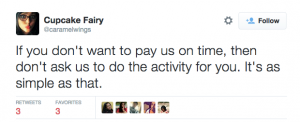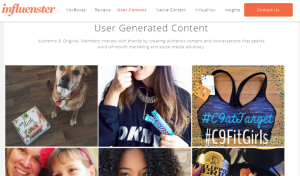Depending on who you ask, some search marketers will tell you that dynamic keyword insertion (DKI) hurts conversions. DKI is designed to be an advanced feature, one that can help you dynamically modify parts of your ads to include the keywords that trigger the ad in question. Still, according to the general feeling out there, marketers who rely on DKI end up detracting audiences with irrelevant ads, generic messaging, and keyword misspellings and capitalization errors.
However, very rarely is something universally good or bad in search marketing. Depending on campaign goals, customer segment, historical performance, and several other factors, SEM tactics usually perform differently depending on the context. Boost Media has tested DKI extensively across every vertical, and on nearly every type of campaign. Here’s what we learned.
DKI Works Best In Long-Tail Ad Groups
In an intensive analysis of retail advertisers, Boost found that long-tail ad groups tend to derive both click-through rate (CTR) and conversions-per-impression (CPI) lifts by using DKI, while head-term ad groups tend to see a drop in CPI. This is likely because head-term ad groups are optimized more frequently, and typically have a high degree of textual relevance. Long-tail ad groups are neglected and have more to gain from dynamic insertion.
DKI Works Best On Exact Match Keywords
DKI inserts the triggering keyword into the ad, not the query typed by the customer. As a search marketer, you’ve probably seen your fair share of funky search queries matching to broad keywords. Inserting broad keywords into the ad often doesn’t make your ad more relatable to the user. Sometimes it simply creates ads that don’t make sense.
DKI Can Increase Volume
Time and time again, we’ve seen that using DKI increases the impression volume of an ad. Direct response search marketers might argue that increased impression volume is a bad thing because it doesn’t necessarily lead to more revenue. But, consider this: an impression is not generated just because the search engine enters the ad into the auction. An ad has to win the auction to gain an impression. If the ad loses, no other ads are entered into that particular auction. As a result, using DKI to win more auctions and gain more impressions might be what you need to improve the bottom line by increasing volume.
It’s unfair to say that DKI is universally good or bad. When used in the right context, it can help you gain impressions you might not otherwise win, improve your user experience and quality score in ad groups you don’t have time to optimize, and lead to performance gains.
Digital & Social Articles on Business 2 Community(120)
Report Post


